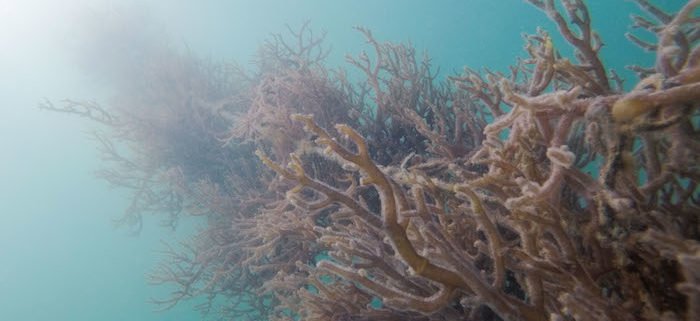Scrubbing Seaweed Lines
Clutching a handful of fishing line, I slip into the water prepared to do battle. As the water seeps into my hood I shiver but quickly adjust to the temperature. Guided by the aquaculture intern, as my sense of direction is bad when I have road signs and clear paths, and non-existent when faced with an array of waves and the odd bobbing bottle, I set off to ‘my’ line.
Festooned with seaweed, it is one of the lines that Reef Doctor cultivates as part of their aquaculture work. My job was to float alongside it and gently tend to the seaweed by dusting the silt off it, and by using my fishing line to rub the algae off the lines it was fixed to.
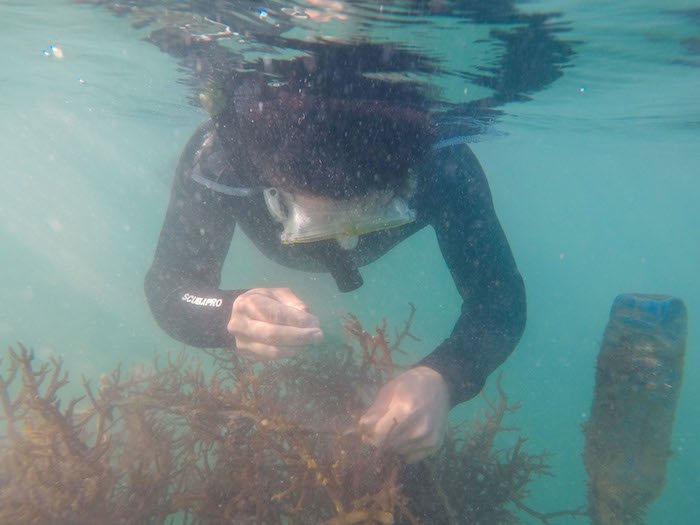
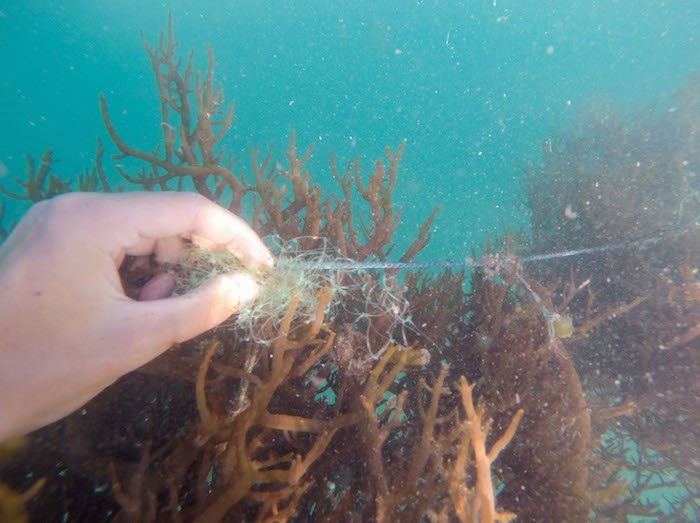
When the lines haven’t been cleaned for a few days, the algae growth can be pretty impressive. As you scrub away, clouds of algae fill the water around you. My technique is to waft the fishing line around to catch the worst off the lines, swimming along it, then to go back when the algae has drifted away to stroke the rest off the seaweed itself. This type of seaweed, Kappaphycus alvarezii can grow up to 2% per day and it gets harvested every 40 days by the aquaculture technicians.

The seaweed Reef Doctor grows is used in various experiments to see how local villagers could maximise this marine product and ultimately reduce pressure on fishing stocks. As I write, there’s research looking into producing seaweed flour and work being done on incorporating seaweed into alternative fuel sources.
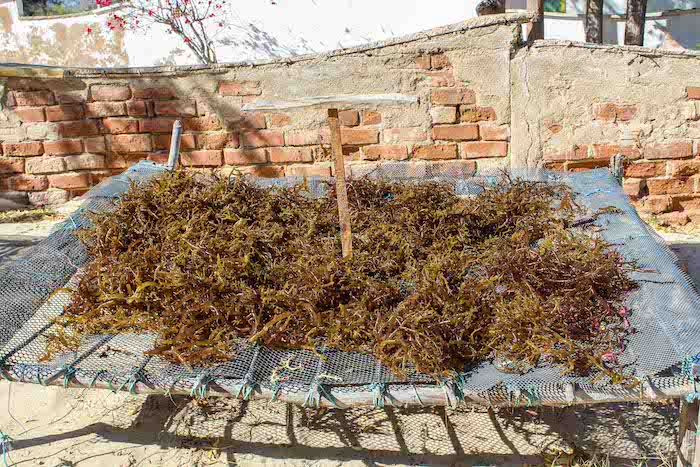
After about 90 minutes I’m satisfied that the amount of algae and sediment on my line has been dramatically reduced. All the gentle wafting and tending to the plants reminds me of the gardeners who reckon talking to their plants helps them grow. If this is true, then the seaweed has a great chance with its near daily dose of attention.
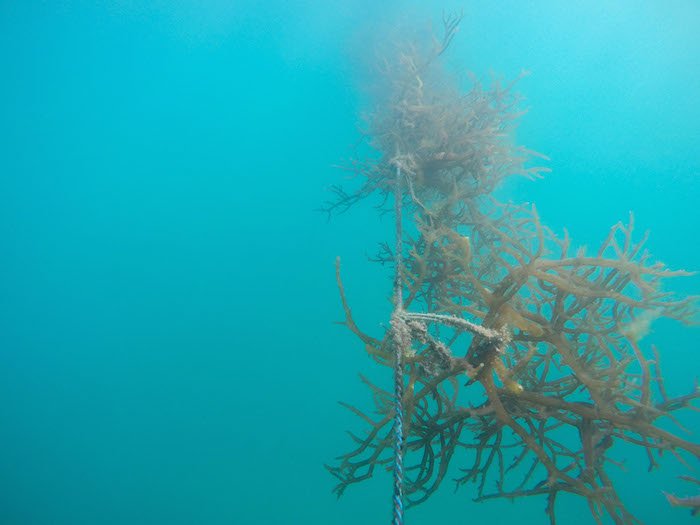
Splashing back over to the wooden dugout canoe, here called a pirogue, I manage to get back in without capsizing it and we heft our wooden paddles to paddle back to base, leaving the seaweed gently swaying in the current. Until next time, algae.
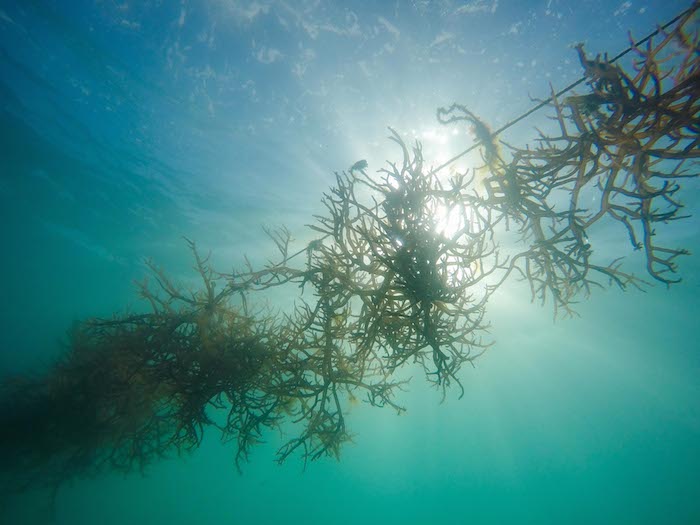
Written by RD volunteer Kathryn Cook
Photo credit: Nathaniel Maekawa, Tom Rutterford & Karin Moehler

